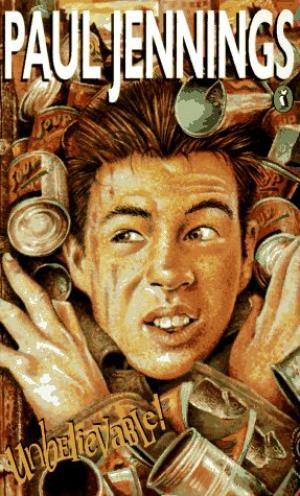-
Write A Cosy Home Intruder Story
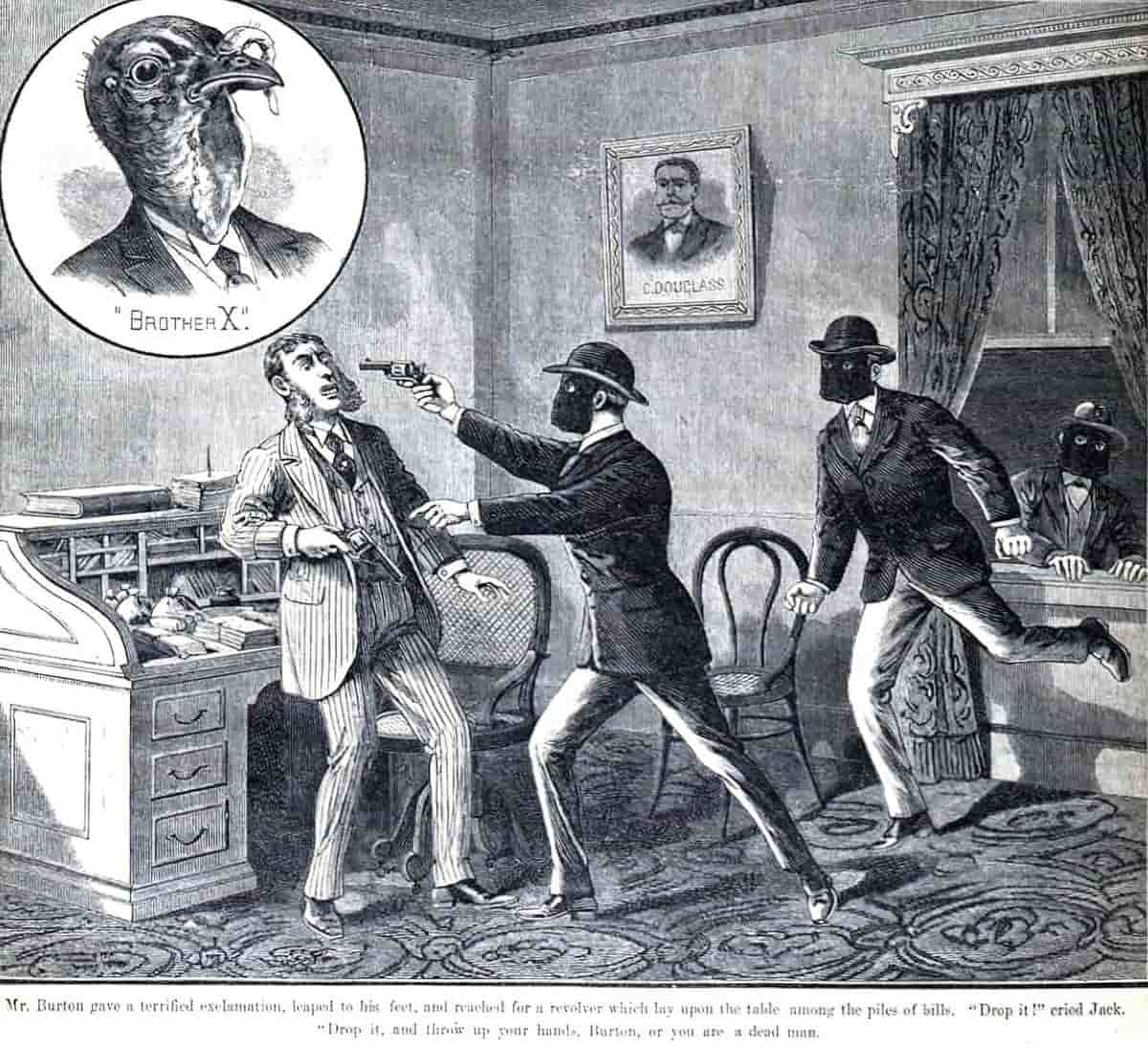
We collectively love stories of home intrusion. How else to describe the fascination behind The Bling Ring crimes also known as The Hollywood Hills Burglar Bunch? THE BLING RING A group of teenagers from The Valley broke into the homes of celebrities such as Paris Hilton and Audrina Patridge, stealing thousands of dollars worth of […]
-
Snowmen In Art and Storytelling
It’s that time of year in Australia, when it starts to get uncomfortably hot and I start looking at pictures of snow.
-
The Bus by Shirley Jackson
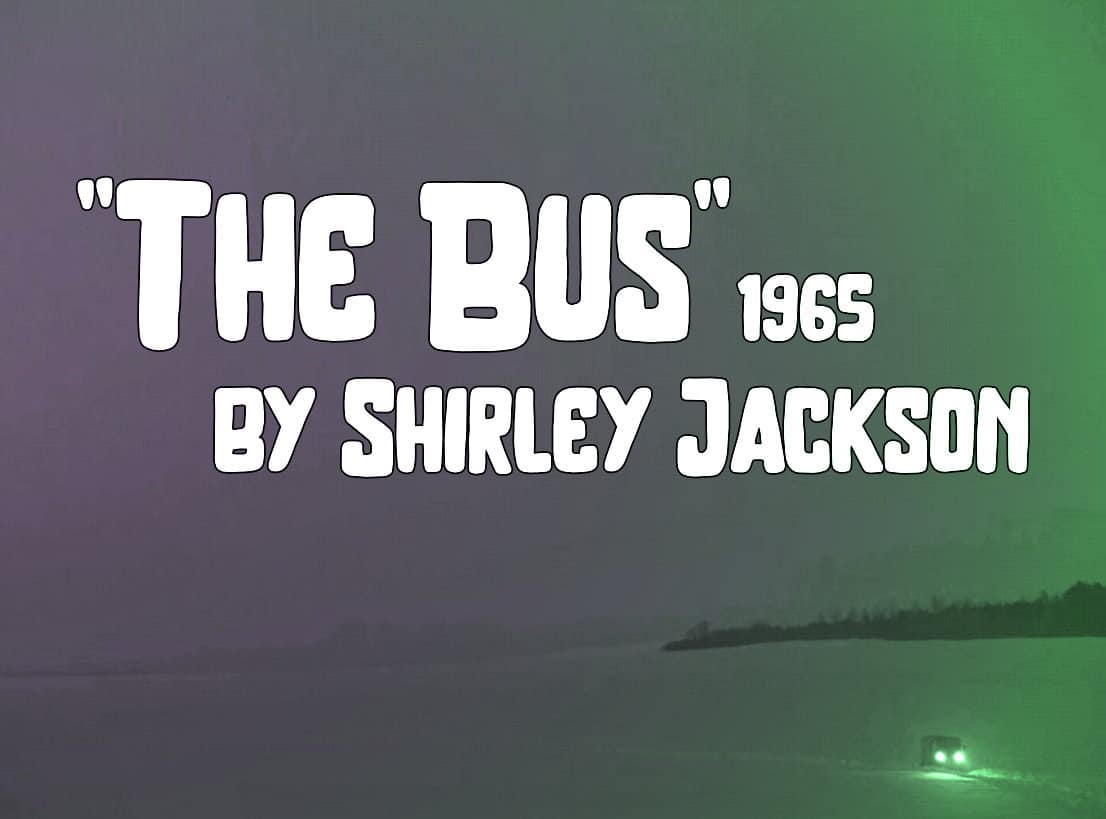
I once read an article about why so few commuters were inclined to take the bus. This would have eased congestion in my home city. New Zealanders are notoriously wedded to their cars (which have only gotten bigger and bigger since the aggressive marketing of double-cab utes). Sure, we like our cars. But there’s this […]
-
How To Write A Hate Sink Character
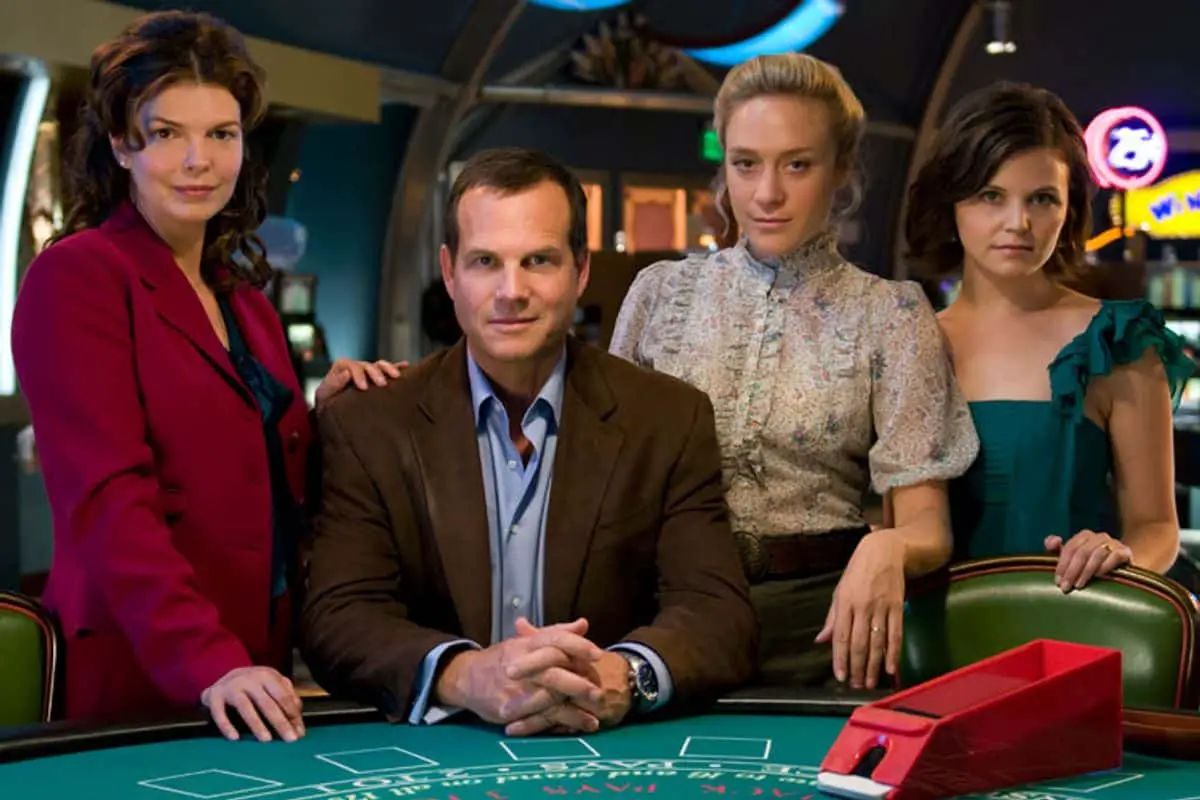
There are certain character traits which audiences universally dislike. When they appear in fiction, audiences understand ‘this is the character I’m supposed to hate’. This character is called the Hate Sink. I have previously explored how writers create unlikeable but sympathetic characters. There is a list of tricks which have been utilised by storytellers to […]
-
Burglar Bill by Janet and Allan Ahlberg Analysis
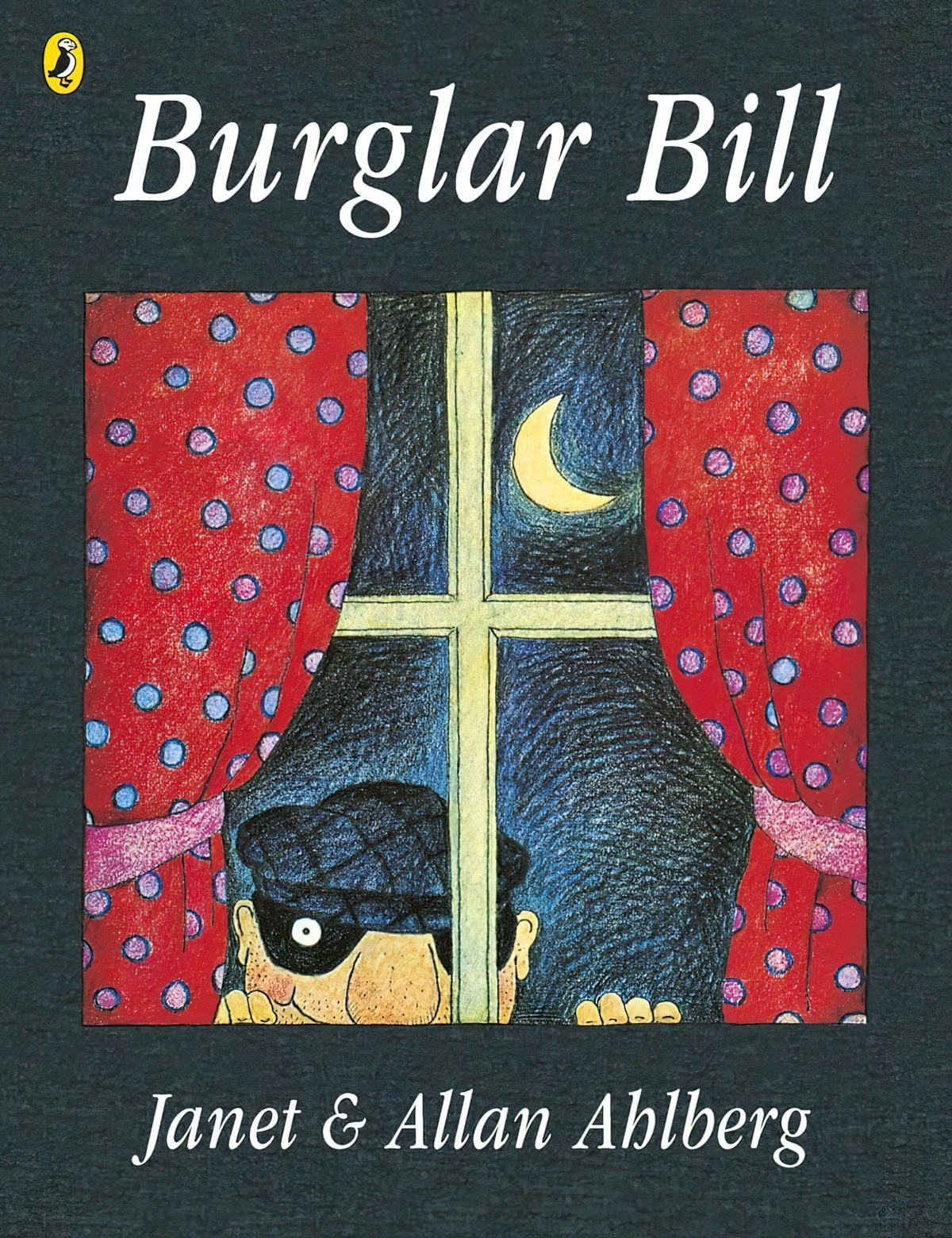
Burglar Bill is a picture book by Janet and Allan Ahlberg, first published in 1977. There are a number of picture books about burglars who break into houses at night, one of a child’s greatest fears going to sleep. Burglars can be found all across children’s literature. (Enid Blyton loved burglars.)
-
Swamps, Marshes, Quicksand And Sinking In Storytelling
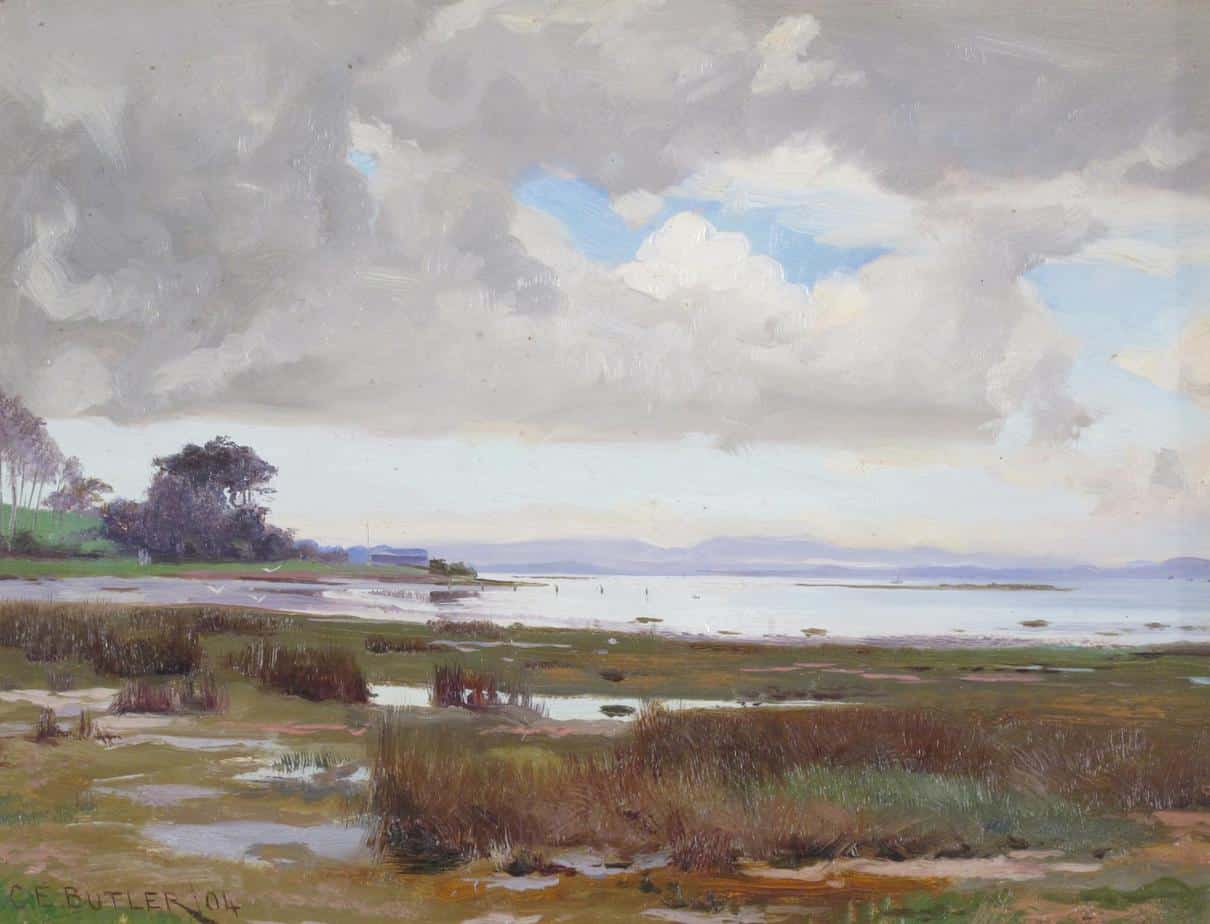
Here’s one little-known aspect of existing as a Gen X — the fear of sinking to death in sand. Perhaps you escaped this particular horror if your television exposure was moderated, but I’ve asked around, and I’m not the only child of the 80s to approach wet, sandy areas with extreme caution. Films and cartoons conveyed the idea that sinking…
-
The Symbolic Basement In Fiction
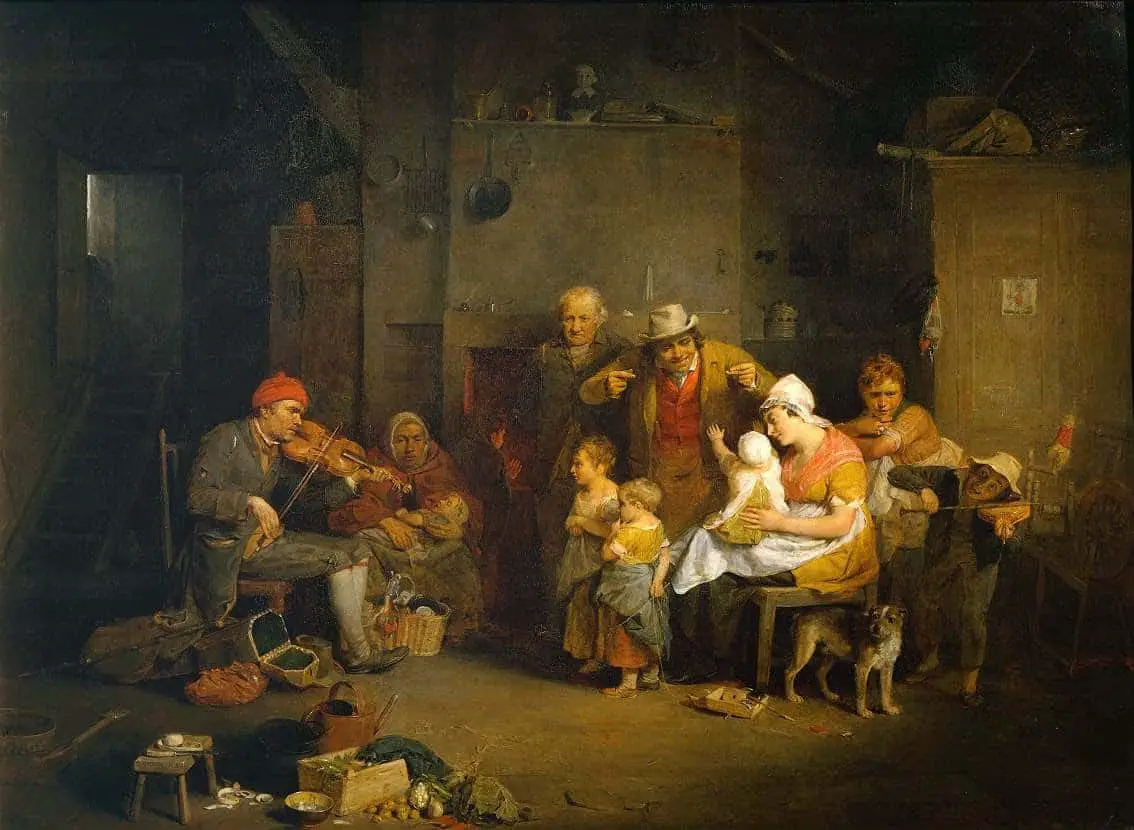
In Gaston Bachelard’s Symbolic Dream House, you probably shouldn’t go down to the basement, ever. I mean it. Nothing good ever happens down there. The basement is the house version of a fairytale forest — a descent into the subconscious. We can’t control our subconscious. That’s what makes it scary. EXAMPLE ONE: BASEMENTS AND BEREAVEMENT […]
-
The Scary Kitchen in Children’s Stories
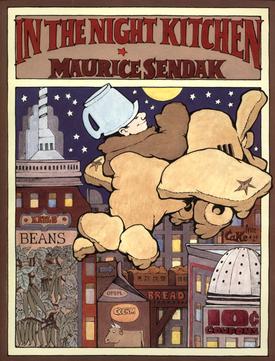
Most often, kitchens in children’s literature serve as metonyms of familial happiness, but every so often you do find a scary kitchen in which not all is well. The kitchen is the perfect place for a scary scene because it is at once close to home (in fact the hub of the home) and contains […]
-
Hotels and Motels In Stories
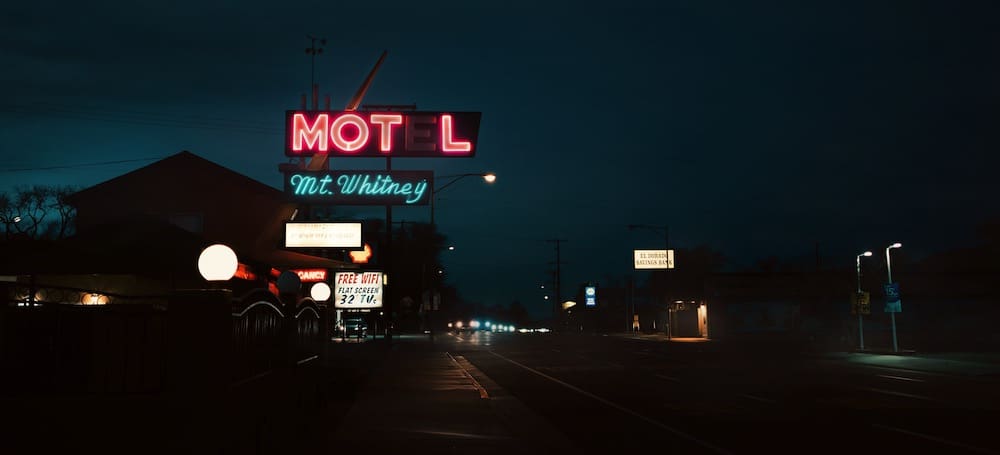
Hotels and motels, it seems, are inherently scary. My theory is that they fall into the uncanny valley of attempting to emulate home without actually being our home. Hotels and motels mimic the dream version of home, like when you ‘know’ within a dream that you’re ‘at home’, but the dream home is nothing like […]
-
When Everyone Else Is A Ghost
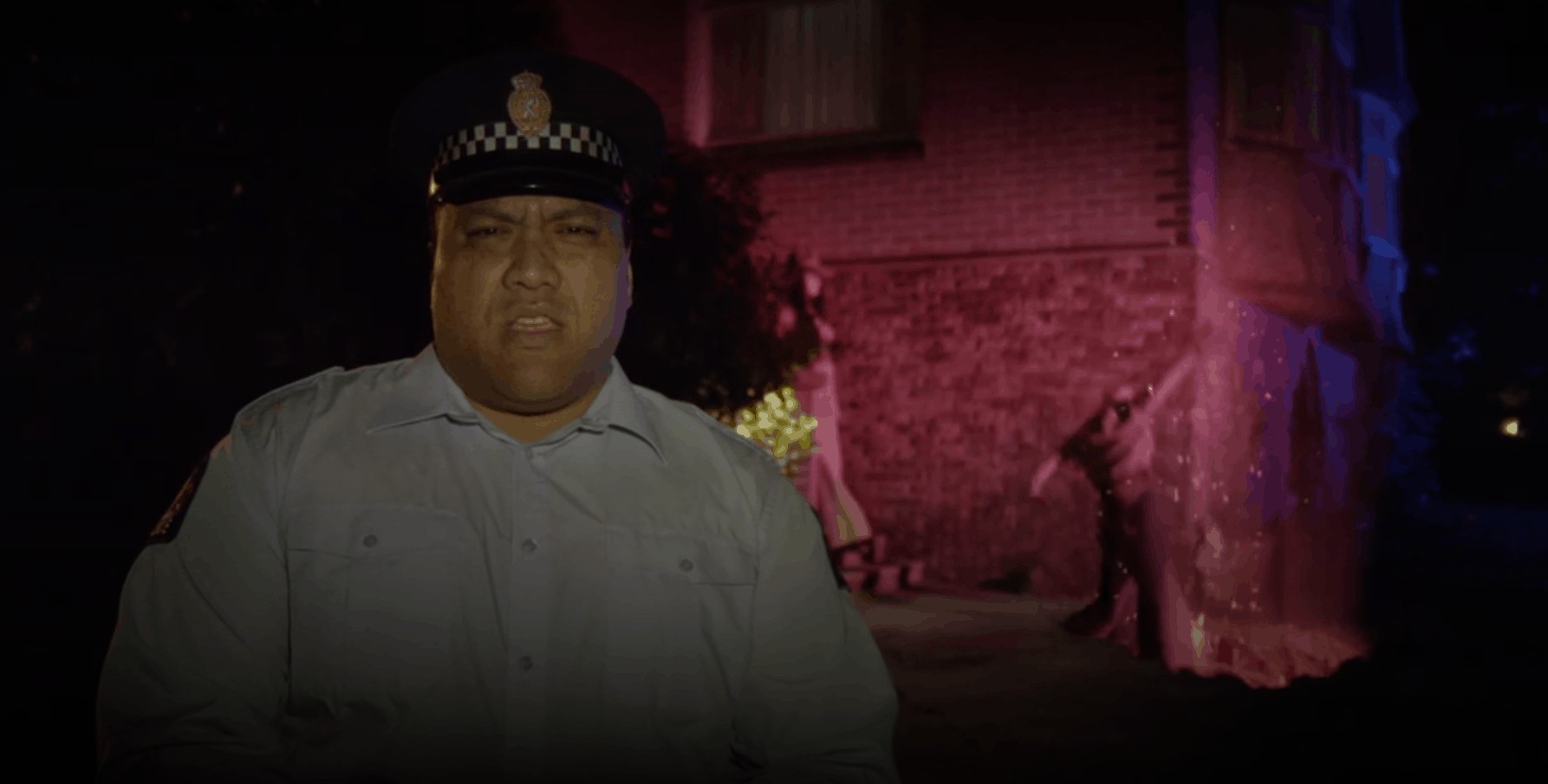
You may not believe in ghosts to enjoy ghost stories. I don’t either. But once you understand how ghost stories work, you’ll understand how tools of persuasion are used in other realms. Studying the ghost story is a fun way to study the techniques of persuasion. Ghost stories have plenty of other functions, too. There […]
-
Poof and Worm-Hoop Part One
Poof The Old Lady is a graphic novel created by two neurodiverse ten-year-olds. The running gag is that an old lady by the name of Poof goes Poof! at the end of each story. But she comes alive before the next. The creators are best friends at school, and they both like to read and […]
-
Creating The Setting For A Comedy Series
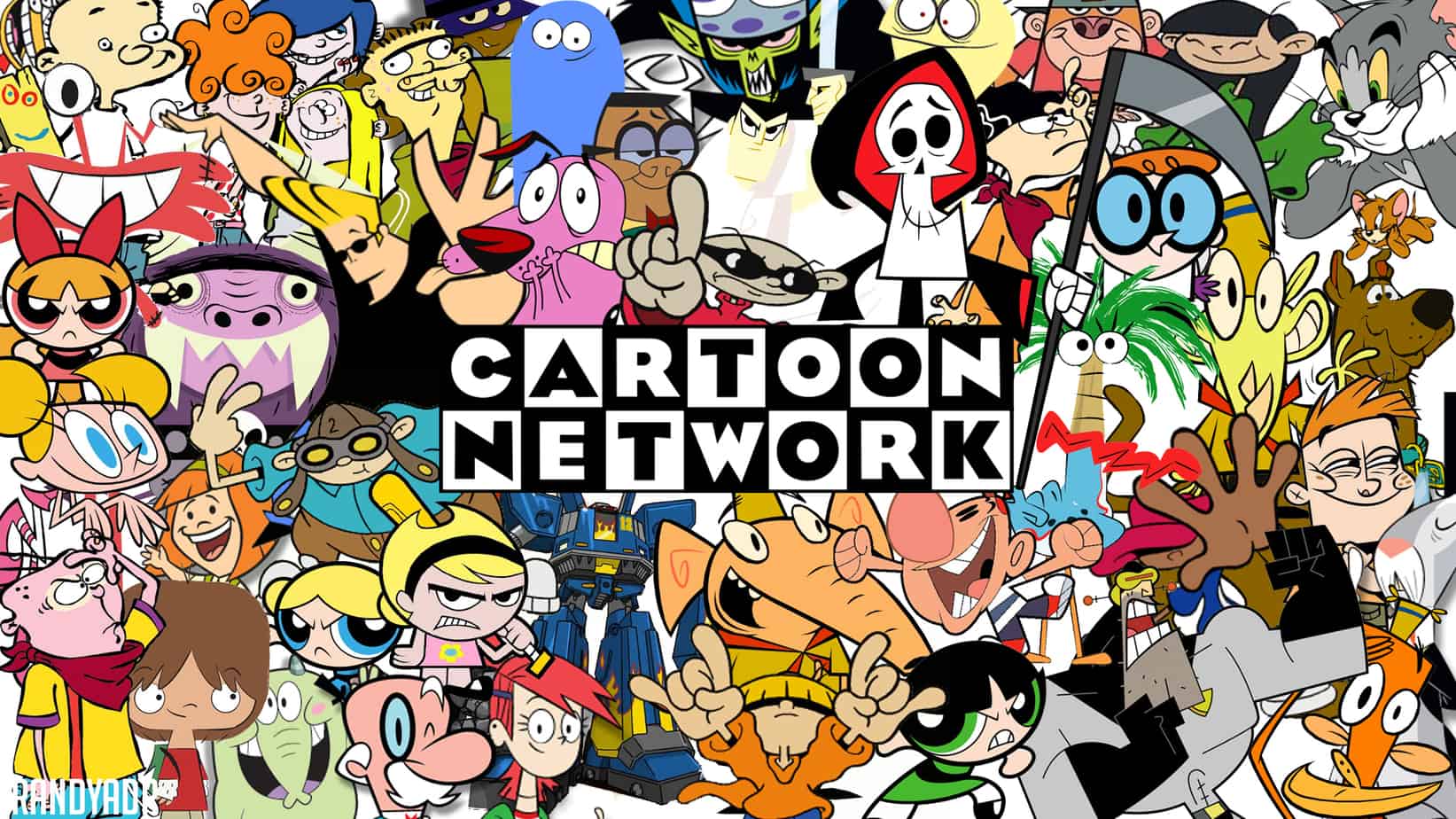
Before writing a comedy series, especially one with a wacky world, the writer must be clear about the rules of that setting. These rules subsequently seem intuitive to the audience. It’s easy to forget the amount of work writers have to do to create them in the first place. Even if these rules are not written […]
-
The Blue Hotel by Stephen Crane (1898) Short Story Analysis
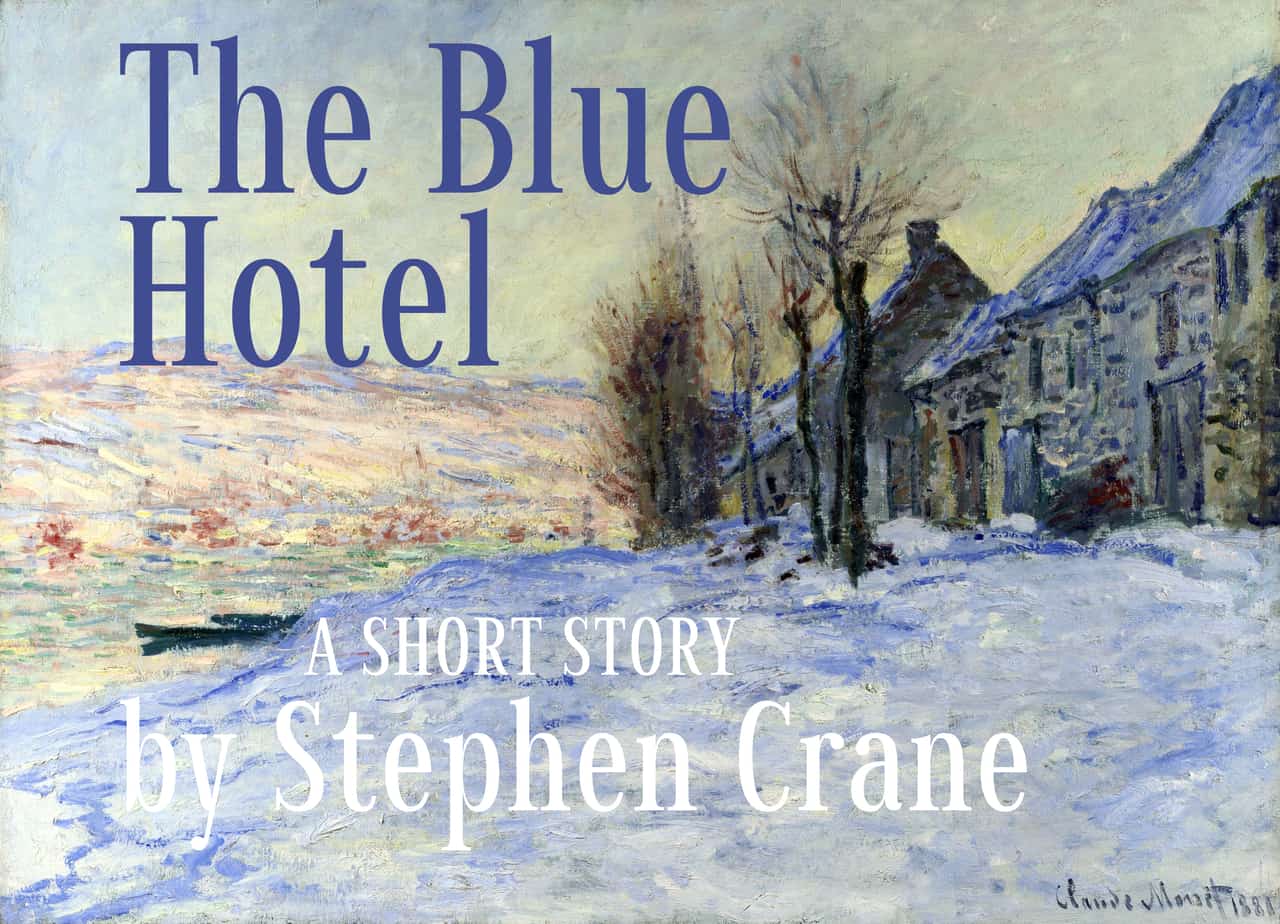
“The Blue Hotel” is a short story by Stephen Crane, published serially in Collier’s Weekly (1898) and then in the collection The Monster and Other Stories (1899). The story was inspired by Crane’s travels to the American Southwest in 1895. Encyclopedia Britannica I recently took a close look at “The Woman At The Store” by Katherine Mansfield. By coincidence I came across “The […]
-
Transmogrification In Storytelling
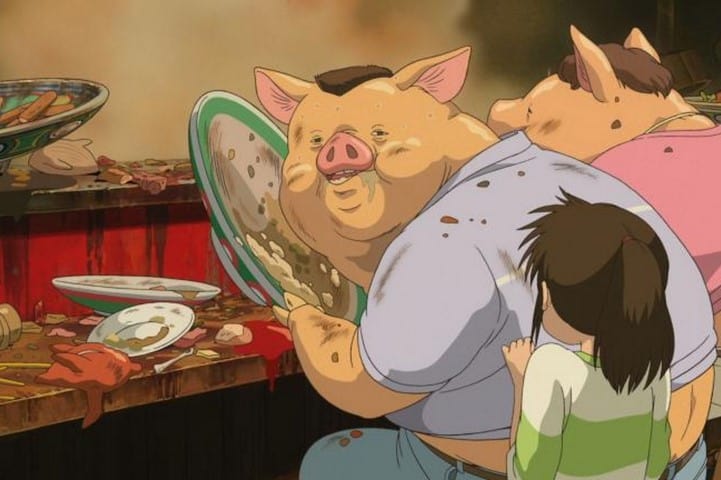
Transmogrification in storytelling has a long history. Today it can be seen across different types of story in many permutations.
